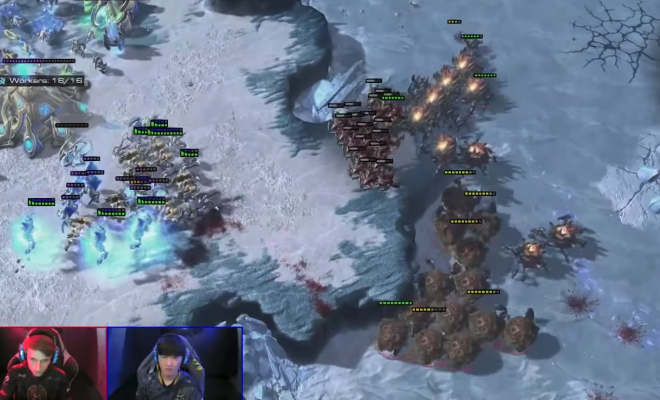Introducing Game Design Into the Modern Classroom

According to the American Optometric Association, 79% of children in the US use one form of technology or another for up to 4 hours each day. The modern child is growing up surrounded by smartphones, laptops, computers, and many other devices.
Young people are more than capable and comfortable using all of the latest technology on the market – certainly more so than many adults. The benefits of doing are being discovered quite quickly. From hand-eye coordination to individualized learning, the number of skills learners acquire through technology will be invaluable in their futures.
Incorporating game design and gamification into the classroom can enhance all of these benefits, while also preparing your students for their futures in a fast-growing industry.
Creating an Alpha (the Prototype)
Your learners will have to be creative and imaginative, in addition to being computer-literate, if they want to make a prototype. This can be quite a complicated stage for most students, and you should approach it appropriately, taking learning style and age into account.
Younger learners might find it easier to write their ideas down and discuss them in groups to create the design online. Older students might want to see where the prototype takes them on their own.
Try to start with a relatively simple concept that your class can follow. They could create a basic edition game meant to be played by kids under four years old. You can let your learners plan out their prototypes and think about how they will create it inside the time frame you provide them with.
Playtesting
After the class has had enough time to create their prototype and called them back, you should have them playtest what they have made. This is an essential step in the process. If you used the example above, they would need to give their game to a 4-year-old child and see how they interact with it.
How well does the game work? Did their child learn from it? Are there any issues in the game that need to be resolved?
Analyzing the Results
After your learners have collected information about their games, you can have them discuss what they learned and decide what changes need to be made to their game to improve it and make it more accessible. This process can be varied in its implementation, depending on how old your students are.
You can make it very in-depth, discussing historical analysis and comparisons, or make it very basic, for younger learners. This part of the process will help your students grasp where their work must be adjusted, and will also encourage them to provide evidence for why any adjustments need to be made.
Concluding Thoughts
When designing a game, students will learn how to work in a team, evaluate, take responsibility, work precisely, and adapt their work. ICT knowledge is becoming more and more invaluable in the workplace, so it is vital to encourage these skills from a young age.





